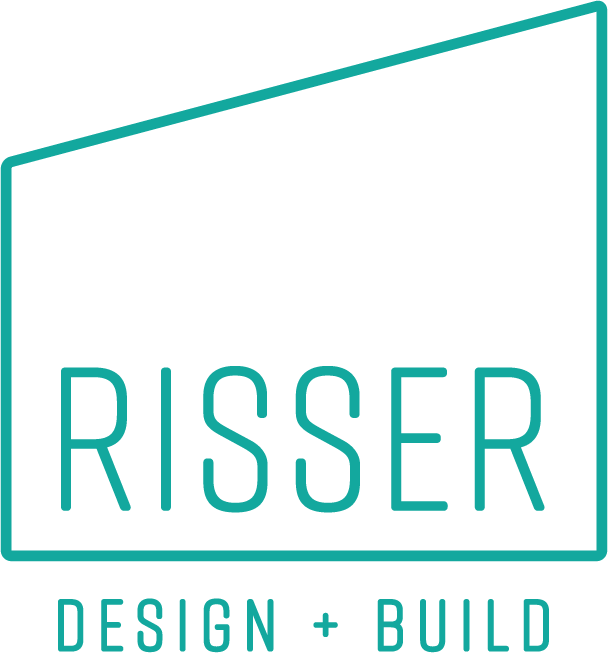5 Tips to Managing Your Long-Distance Home Build
You are about to build or renovate your dream home and you couldn’t be more excited. But there’s a catch: the build is going to be in another part of the country or a different part of the world from where you currently live. So, you are going to have to find a builder who can manage the project from start to finis
You are about to build or renovate your dream home and you couldn’t be more excited. But there’s a catch: the build is going to be in another part of the country or a different part of the world from where you currently live. So, you are going to have to find a builder who can manage the project from start to finish – someone you can trust with some of the most important decisions you will ever make.
This is where we come in. For more than 15 years, we have been managing custom home builds and renovations on the South Shore of Nova Scotia for clients who come from across Canada, the U.S and even Europe. So, we have become experts on how to help clients have peace of mind throughout the build, even when they are not able to be on site.
Choose a builder with deep local expertise and knowledge
When you are not from the area, you will need to rely on your builder to advise you on everything you need to know about a local build. Make sure they can speak to required permits and land use rules and restrictions, soil conditions, and which products and materials will work best within the natural environment. They should also have a good working relationship with licensed, local sub-trades including plumbers, electricians, excavation experts and concrete contractors. This ensures that all the sub-trades will be on site when required and available to fix issues as they arise. Test your builder’s knowledge by asking them to outline the specifics of your project and to give examples of where their local expertise was critical to the success of other builds.
Get to know the team and their credentials
When trusting your new home to a builder, you’ll want to take some time upfront to get to know the builder and their core team (even if it’s by phone or Zoom) so you can get a feel for their approach and communications style. You are going to spend months working together, so you must have complete faith and trust in them to manage your long-distance build. You’ll also want to ensure they have all the necessary certifications and insurance. You want to know that the crew working on your new home are properly trained and that you will not be liable for anything that could go wrong at the site or during the build. Don’t be afraid to ask local real estate agents or building inspectors about the builder’s reputation and definitely ask for references from other customers.
Ask who will manage all the little details
Equally as important as the quality of the construction of your new home is making sure that all the little details you really care about – such as the kitchen faucet, the unique tile in the bathroom or sourcing a unique wood species – are managed properly. We offer all our clients an experienced, in-house designer who visits the site at all stages of the build to be your eyes on the ground and ensure all that all your wishes are being met. Make sure there is someone on your builder’s team who you trust to oversee the key design elements that are essential to your vision and who can advise you throughout the project on any materials that may need revisiting.
Make sure there is a detailed communication plan from the start
Communication is key to any successful relationship with your builder but even more so when you are managing a long-distance home build. Make sure you ask for a communication plan that will enable you to track the progress of your build and have regular check-ins so you can get your questions answered as they arise. Ask the builder how they deal with problems that crop up during the build such as a disagreement between the builder and your architect, a kitchen countertop that arrives damaged or a brand of window that is no longer available.
We use a mix of phone check-ins, e-mails, photos and videos to ensure all of the homeowners we work with are able to see how their project is progressing and we work to highlight the specific details they really care about. This reduces their stress and ensures that there are no surprises at the end of the build.
Make sure the builder is working for you
Whether you are working with an architect, a purchased set of plans or using your builder to design your new home, there will always be little (and sometimes big) changes that will need to be made to plans, measurements and materials as the projects unfolds. Every supplier that works on your home will have an opinion on these issues, but you want a builder who will bring these to you and guide you in making the best decision for your specific project.
Having a builder who is working for you also means that they should be willing to commit to working within your budget and notifying you when things change along the way such as the cost of lumber or siding increases. We ensure our clients have final say on any discussions that could result in extra costs so there are no surprises at the end.

